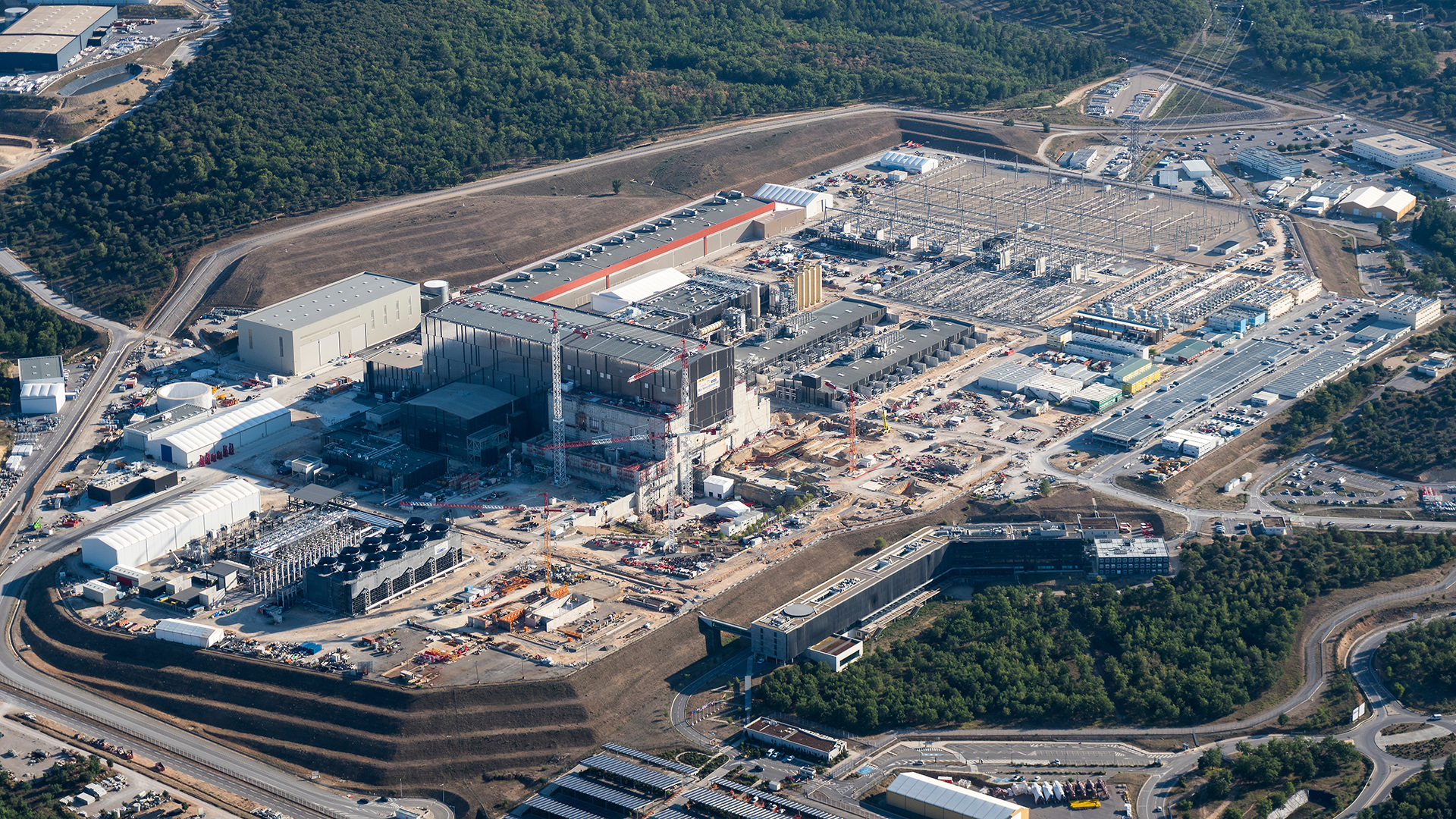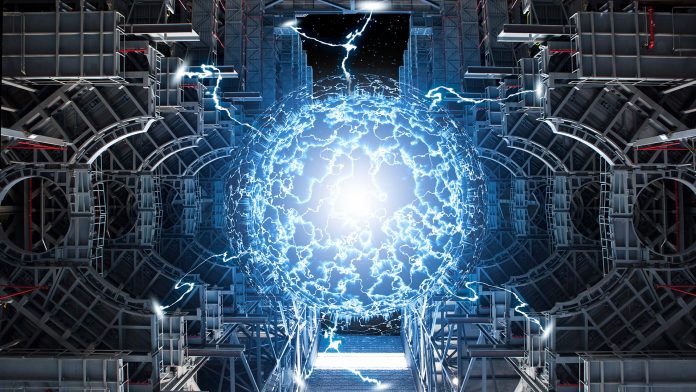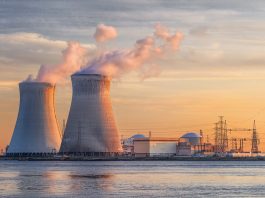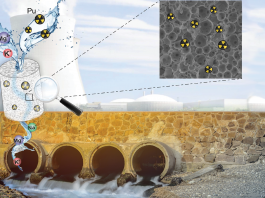Massimo Garribba, Deputy Director-General responsible for the co-ordination of EURATOM policies and Directorate-General for Energy, European Commission, details Europe’s contribution to fusion energy research and innovation.
Fusion, which is the reaction that powers the Sun and all other stars, holds great potential as a future energy source. With the possibility of generating four times more energy per kilogram of fuel than fission (used in nuclear power plants) and nearly four million times more energy than burning oil or coal, fusion is a highly desirable alternative energy source to replace fossil fuels. The process of nuclear fusion also does not emit carbon dioxide or other greenhouse gases into the atmosphere, which is of crucial importance in meeting decarbonisation targets.
Whilst the theory of nuclear fusion has been understood since the 1930s, the process has not yet been replicated on a commercial scale. However, a major breakthrough was made at the end of 2022 when scientists in the US achieved fusion ignition for the first time. This achievement is set to have extraordinary implications for the fusion community across the globe.
Fusion is a particularly promising solution in Europe especially, as recently revised energy targets have brought an even greater need for alternative fuels. For this reason, the European Union (EU) is involved in various energy projects furthering research and innovation in this area. For example, ITER, based in the south of France, is a unique project to build the world’s biggest fusion machine. Although a purely experimental device, ITER will help advance fusion energy technology for a greener and more sustainable energy mix.
To find out more about the EU’s activities in fusion energy, Editor Georgie Purcell spoke to Massimo Garribba, Directorate-General for Energy, European Commission.

What are the European Union’s current objectives in the field of fusion energy?
The response to climate change is a top European Union (EU) priority. Energy efficiency coupled with carbon-free energy on a massive scale is a must, considering the increasing need of electricity in the transition to zero carbon and the current efforts to decarbonise energy production. Fusion power represents a promising solution as a sustainable clean energy source in the longer term, but there are quite a few steps to be taken for reaching commercial production of fusion-based electricity.
Europe has been supporting for decades cutting-edge fusion research and innovation, with the ultimate goal to build fusion power plants that can deliver carbon-free electricity to the grid.
The European Commission considers that magnetic-based fusion is currently the most mature technology. Magnetic-based fusion uses magnetic fields to confine the plasma used as fuel for the reaction. The first milestone will be to present the scientific and technological demonstration of a sustained fusion reaction with positive fusion energy outcome, i.e., a fusion energy output from the fusion reaction that is higher than the energy delivered into the reaction.
For this purpose, the EU is leading the ITER project, which is an international collaborative research project to build and operate an experimental fusion device – the tokamak, in the South of France. The primary objective of ITER is the investigation and demonstration of burning plasmas – plasmas in which the energy produced by the fusion reactions is enough to maintain the temperature of the plasma, thereby reducing or eliminating the need for external heating. The ITER project constitutes a major scaling up in size of a tokamak to create and shape a fully controlled burning plasma by means of magnetic confinement. ITER will also have to prove that the technology used can be scaled up to a reactor type machine. Its results are fundamental to the design and build of a demonstration fusion reactor (DEMO) that will produce electricity to be delivered to the grid. This will open the possibility for industrial development of fusion power plants and commercialisation of fusion power generation. In parallel, a scientific, technological, innovative, and industrial basis is being set up within the fusion ecosystem. This will allow the transition from the demonstration fusion plant to more advanced, simpler devices suitable for large-scale commercial deployment. The commercial feasibility of fusion will need to be proven at this time.
ITER aside, the European Commission promotes fusion research through a Joint Programme supported by the Euratom Research and Training Programme. This programme, complementary to the Horizon 2020 Programme, is carried out by the EUROfusion consortium. This consortium consists of about 30 national fusion research laboratories across the EU, and over 100 linked third parties. While the ITER construction and start of operation are under preparation, EUROfusion is also involved in the development of the conceptual design of a demonstration fusion power reactor (DEMO). In parallel, the consortium contributes to the development of key technologies relevant for fusion research, design, and preparation for operations of a materials-testing facility. It also helps to train the next generation of scientists and engineers.

fusion device ©shutterstock/Aerovista Luchtfotografie
How has Europe’s fusion journey evolved in recent years?
In addition to the ITER project, some of the most important scientific milestones were achieved in recent years through successful experiments carried out at the Joint European Torus (JET) tokamak located in Culham, UK. From its inception in 1980, JET has been largely funded by the EU.
JET is the machine closest in size to ITER. It has a shape and interior wall similar to ITER. Also, it is the only machine in the world designed to work with deuterium and tritium – the fusion fuel mixture foreseen for ITER and future fusion plants. The experiments in JET provided new and essential information about the impact of using this fuel mix, and about the behaviour of the alpha-particles that are created by the fusion reaction – due to various plasma instabilities, the alpha particles can escape the core plasma and ultimately hit the plasma-facing components. They also confirmed various modelling predictions, so that computer simulations can be used to prepare realistic models of the ITER expected performance.
JET also set a record in fusion energy production over a stable five-second period that can be considered stationary. These results are important not only because of the record sustained plasma pulse in near-reactor conditions, but also because of the lessons learned on the behaviour of burning plasma, as well as the increased experience in tritium handling.
In parallel, the EU and Japan have been building and commissioning a tokamak device smaller than ITER – JT60-SA in Naka (Japan) – under a dedicated EU-Japan co-operation framework formally known as the Broader Approach. The device has the same superconducting coils and shape as ITER; hence, its commissioning and operation will help increase the knowledge of using such devices until ITER becomes operational. The similarity of the projects constitutes a base for knowledge sharing and expertise building. ITER personnel were involved in the JT60-SA commissioning, and now some of the senior JT-60SA staff have taken up key positions in ITER.
Within the ITER and JT-60SA projects, the European fusion community has been supporting specific tasks. These include the development of new materials and advancements in plasma physics and control, as well as alternative approaches like application of Artificial Intelligence to fusion, the use of high-speed computing to advanced simulations, and research on matters that will be relevant for DEMO. While important progress has been made on ITER construction, there are outstanding technical issues to be resolved.
Fundamental to building a fusion reactor is setting up a Research Infrastructure for testing fusion materials. Spain and Croatia are leading the International Fusion Materials Irradiation Facility – Demo Oriented NEutron Source (IFMIF-DONES), to be built in Spain. DONES would be dedicated to investigating the properties of materials to be used in fusion power plants of the future. Materials in fusion reactors will need to withstand immense temperature and pressures produced during the fusion process.
Do you think the commercialisation of fusion is possible sooner than initially thought?
The path through ITER (scientific and technical demonstration) and, later on, through DEMO (production of electricity) is a comprehensive and solid way toward fusion energy production, but it takes time due to the nature of our systematic approach.
The original timetable for ITER envisaged to launch operations in 2025 and to start reactions producing positive net fusion energy in 2035 with the DEMO activities. The ITER management is currently reviewing the timetable and trying to minimise the impact of any delays. With such a long timeline, any comment on whether commercialisation could happen earlier than expected would be pure speculation. It will depend both on the successful prototypes and the interest from the private sector to finance commercial ventures.
Interestingly, there is also a new momentum behind the research on nuclear fusion worldwide. We have seen many new private initiatives working to achieve electricity production with very aggressive timescales. Some use approaches that are variations of the ITER (tokamak) concept, but there are others that use completely different approaches. These private initiatives are mostly being developed in the US, which have a different investment policy and also fund fusion-related research for potential future military use.
With the private sector investing heavily, unexpected new discoveries could lead to unexpected breakthroughs and a quicker path to commercial fusion. Breakthroughs do not necessarily have to concern physics principles; they could also be achieved in the development of new materials or new manufacturing methods.
We should consider that both the public and private sectors learn from each other, in physics and engineering, and in solving organisational issues, and that we exploit all synergies to push further the development of fusion.
What is needed to ensure that Europe’s fusion future is feasible in a reasonable timescale?
First of all, we need a continued commitment of financial, technical, and human resources to complete the ITER project. At the same time, because of the timescales involved, we must pay due attention to the education of young engineers and physicists covering a broad range of expertise for future fusion projects.
There is also the need to develop a fusion-oriented regulatory framework for the construction and operation of fusion experiments and fusion power plants. This is necessary for safety reasons, in particular to ensure the protection of the public and the environment. The regulatory framework for future fusion projects should be harmonised worldwide as much as possible. Well-designed regulations will help attract and encourage industry to invest in developing fusion further, and not only to work as suppliers of materials, components, and services. After all, in the end, commercial electricity production from fusion will have to be realised by the industry. To have a substantial effect on the world energy supply, a transition has to be made from constructing a one-off installation to creating a supply chain that services a solid market of fusion power plants.
A team of scientists at the National Ignition Facility (NIF) in the US have recently made a key breakthrough in fusion energy by achieving net energy gain. What does this mean for your work?
The results of the fusion experiments at the National Ignition Facility in California were the first ever demonstration of ‘breakeven’ fusion energy, yielding a target gain of energy of more than 100%. The US researchers working on this achievement should be congratulated.
The laser-based fusion experiment at the NIF differs from the magnetic confinement approach used in the ITER project. While in ITER a few grams of deuterium and tritium will be injected into a massive toroidal vacuum chamber, NIF has used ‘inertial confinement’ with nearly 200 high-energy lasers focused on the walls of a small metallic target (capsule) to create a fusion reaction.
Certainly, this achievement will be equally useful for the development of magnetic fusion, as both fusion technologies share common areas of research, such as plasma physics and material behaviour.
In any case, both the EU and the US are investing, publicly and privately, in magnetic fusion research. The shared goal is to achieve fusion energy production for a safe, secure, and decarbonised energy mix.
Massimo Garribba
Directorate-General for Energy
European Commission
https://energy.ec.europa.eu/index_en
https://twitter.com/Energy4Europe
Please note, this article will also appear in the thirteenth edition of our quarterly publication.









